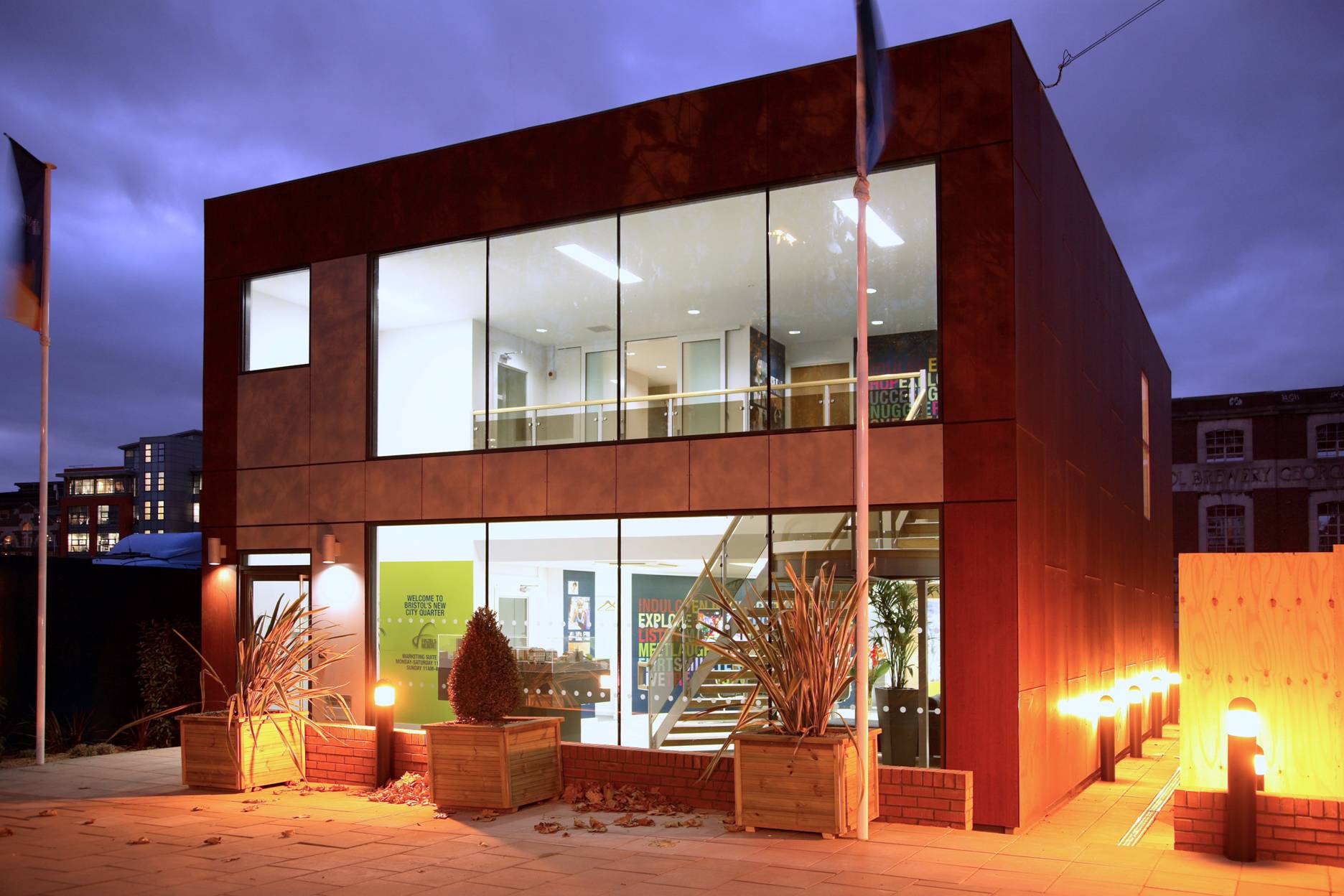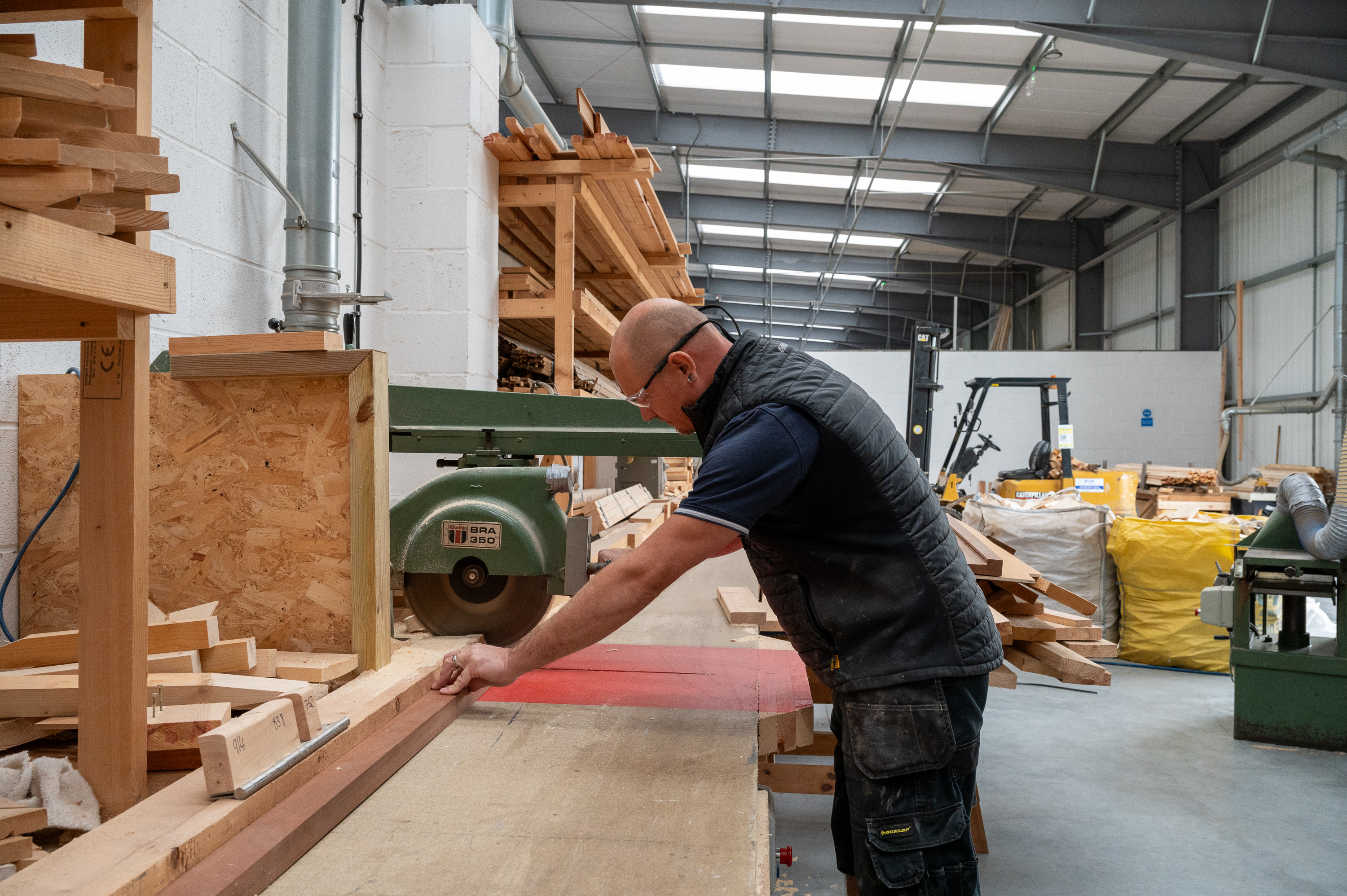Traditional construction sites are known for generating large amounts of waste, from off-cuts and damaged materials to packaging and surplus stock. Managing this waste is not only costly, but it also puts pressure on the environment and slows down project timelines.
Modular construction offers a smarter approach. By shifting most of the work off-site and into a controlled setting, modular buildings help reduce waste at every stage of the project.
Here are five key ways modular buildings help reduce waste on construction sites.
1. Off-Site Construction Improves Material Control
A large part of the waste in traditional building projects comes from poor material handling. Deliveries arrive on busy sites where materials can be exposed to bad weather, damaged in transit or stored in ways that make loss or theft more likely. Over-ordering is common, and much of what’s not used gets thrown away.
Modular construction avoids many of these issues. Most of the building is completed off-site, in a controlled factory environment. Materials are kept dry and secure, and experienced teams follow the same build process every time. This reduces the chance of damage or waste.
Because factories support batch production, they can also make better use of raw materials. Off-cuts and surplus stock can be stored and reused for other builds. Nothing is left sitting in a skip because there’s nowhere to put it. This approach allows for tighter stock control and far less waste overall.
2. Precision Manufacturing Reduces Waste
On a typical construction site, materials are often cut to size as needed. While this allows for flexibility, it also leads to more offcuts — pieces that are too small to reuse and end up in the bin. Errors in measurement or cutting can also cause entire sections to be scrapped and redone.
In modular construction, parts are cut and assembled using set designs and templates. This precision manufacturing reduces the chance of error and makes better use of each material. Wall panels, floors and roofs are made to exact measurements, reducing waste from the start.
Because the same team works on similar units every day, they learn how to minimise mistakes and manage leftover pieces more effectively. Any off-cuts that do occur are collected and stored properly, ready to be reused in future builds.
This method is one of the reasons why modular buildings are known for their consistent quality and lower waste levels.
 3. Shorter Site Time Means Less Temporary Waste
3. Shorter Site Time Means Less Temporary Waste
Construction sites often require extra materials just to keep things safe and tidy during the build. These include protective covers, plastic sheeting, fencing, signage and other temporary items. While necessary, they create extra waste, especially when they’re single-use or damaged by weather.
Modular construction keeps time on site to a minimum. The main building arrives in completed sections, ready to be installed. This reduces the need for coverings, scaffolding or weather protection. Less time on site means less need for short-term materials that are used once and thrown away.
It also means fewer skips, less clean-up work and reduced pressure on waste management teams. This is especially helpful on sites where space is limited, or where work needs to happen alongside ongoing operations, like schools, hospitals or commercial units.
4. Modular Buildings Can Be Reused and Moved
A major cause of waste in construction is what happens at the end of a building’s life. Traditional buildings are usually demolished when no longer needed, with a large amount of debris sent to landfills. Even refurbishments can involve stripping out usable parts and throwing them away.
Modular buildings are built differently. They can be moved from one site to another with little disruption. If your needs change, the building can change with them — by being relocated, reconfigured or used for a different purpose.
Walls can be moved. Rooms can be added or removed. Whole units can be joined together in new layouts. This makes modular buildings easier to adapt and reuse, which reduces the need for new materials and avoids demolition waste.
This flexibility is one of the reasons many companies now include modular buildings in their long-term sustainability plans.
5. Easier to Include Sustainable Materials
When you plan a traditional build, it can be hard to control the quality and source of materials once work is underway. Weather damage, rushed ordering, and site delays can affect the ability to stick to sustainable goals.
With modular construction, all materials are chosen and installed in a factory. This gives you more control over what goes into the building and how it’s used. Recycled materials, responsibly sourced timber, and energy-efficient fittings are easier to manage in a controlled setting.
Because the build process is standardised, it’s also easier to monitor and report on sustainability targets. You can track how much material is used, how much is saved, and what’s being recycled or reused.
Over the full life of the building, this can lead to significant reductions in carbon impact and material waste, all while keeping quality high.
 To Sum It Up
To Sum It Up
Waste reduction is an essential part of responsible construction. From rising material costs to tighter environmental rules, every project now faces pressure to do more with less.
Modular buildings support that goal by changing how we build. With the help of a trusted modular building manufacturer, you can reduce waste, support reuse and relocation, and make smarter material choices from the very beginning.
Creating, Manufacturing and Distributing Modular Buildings UK-Wide
At Phoenix Building Systems, we specialise in high-quality modular solutions that meet both project needs and sustainability goals. Whether you’re planning a new build or looking to reduce waste across your sites, we’re here to help you build better.
Ready to rethink your approach to site waste? Get in touch with the Phoenix Building Systems team to find out how modular construction can support your next project.